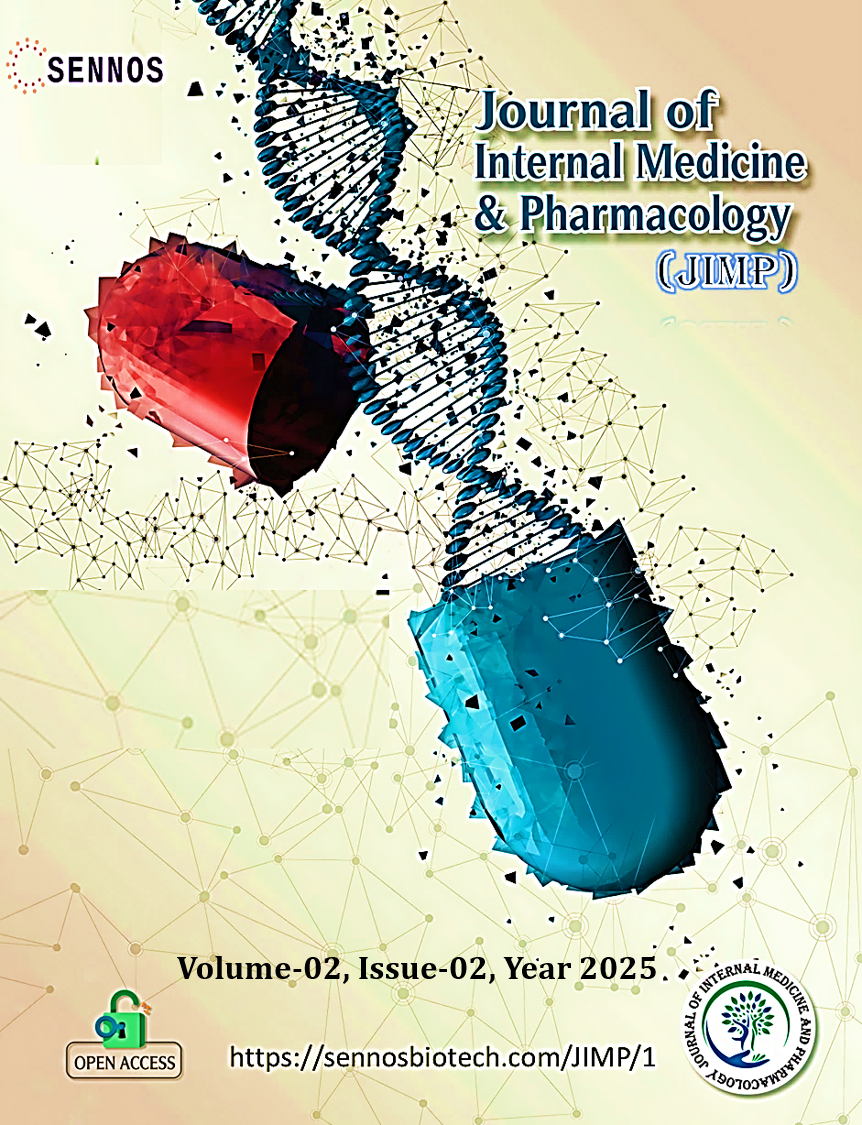Vitiligo: A Systematic and Comprehensive Review of Current Research and Treatment Trend
DOI:
https://doi.org/10.61920/nxv5zt12Keywords:
Vitiligo, Melanocyte destruction, Autoimmune skin disorder, Depigmentation, Phototherapy, Topical corticosteroidsAbstract
Vitiligo is a chronic, acquired pigmentary disorder that manifests as well-demarcated depigmented macules and patches on the skin and mucous membranes. This condition arises due to the selective destruction of melanocytes, the pigment-producing cells, resulting in loss of skin color. Although vitiligo does not pose any direct threat to physical health, its cosmetic disfigurement often has profound psychological, social, and emotional consequences. The etiopathogenesis of vitiligo is multifaceted, involving complex interactions between genetic susceptibility, autoimmunity, oxidative stress, and neurochemical imbalances. Recent advancements in research have shed light on novel therapeutic targets, offering hope for improved management strategies. This review aims to provide a detailed understanding of vitiligo by exploring its epidemiology, pathogenesis, clinical features, classification, diagnostic tools, current and emerging treatment modalities, psychosocial impacts, and future directions in therapeutic development
Downloads
Published
Issue
Section
License
Copyright (c) 2025 Vishal Gurumukhi

This work is licensed under a Creative Commons Attribution 4.0 International License.





